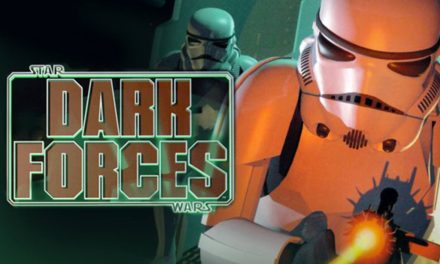Bethesda’s dive back into their classic 2006 RPG comes at a time when nostalgia is both a marketing strategy and a genuine creative path. Much like Resident Evil and Dead Space before it, The Elder Scrolls IV: Oblivion Remastered attempts to strike a delicate balance between the old and the new. Thankfully, it mostly succeeds. However, like a scuffed steel cuirass, some cracks are still visible.
Oblivion Remastered’s Visuals
The biggest and most immediate improvement in Oblivion Remastered is its visuals. Bethesda has finally addressed one of the original’s biggest immersion killers: lighting. Where once you had murky caves and interiors with unclear or fake lighting, now each torch, candle, and sunbeam feels tangible. Walking into a castle now feels like a place meant to be lived in. It isn’t just a flat texture with ambient lighting; there’s weight and depth to the world. Characters also look notably better, though don’t expect the realism of modern RPGs. It still has that slightly cartoonish sheen, just sharpened and polished.
Interiors, cityscapes, and especially the rolling hills of Cyrodiil have all been lovingly overhauled. However, not everything shines as brightly. The color palette, while richer and more realistic, leans darker and more muted than the original. While appropriate for some of Oblivion’s more sombre quests and locations, the world occasionally feels drained compared to the vibrant fantasy tone that players remember. It’s a tradeoff that works about 80% of the time, but when it misses, it leaves you craving a pop of colour.
How Does Playing Oblivion In 2025 Feel?

Bethesda smartly decided not to stop at a fresh coat of paint. Oblivion Remastered includes a range of quality-of-life improvements. Sprinting is now a baseline feature; no more endlessly tapping walk to “go faster.” The third-person camera has been massively improved, and it finally feels usable outside of screenshots. Small details, like better quest tracking and a cleaner UI, help modernize the experience without sacrificing its identity.
The voice acting, once infamous for sounding like four people playing 400 characters, is markedly better. There’s a broader voice pool now, and characters feel slightly more distinct; conversations don’t immediately remind you that you’re just hearing “Jeff #3” again.
That said, Oblivion Remastered does not completely hide its age. Underneath the new mechanics and visuals, it’s still built on the skeleton of a 2006 game. Combat is weightless by today’s standards. Enemy AI can be hilariously bad. Inventory management, while improved, still feels clunky compared to what you’d expect after games like Skyrim or Starfield. Purists will love that the soul of the original is intact. Newcomers, or even those coming back after playing more modern RPGs, may find parts of it feeling stubbornly outdated.
The Bottom Line

Oblivion Remastered is a thoughtful and well-executed return to one of the most beloved RPGs ever made. It doesn’t aim to reinvent Oblivion; it aims to respect it, flaws and all. The world feels better lit, better voiced, and easier to play than ever before. But you can’t fully remaster ambition that was already stretching technology in 2006 without dragging some of that old baggage along for the ride.
If you loved Oblivion the first time around, this is absolutely worth your time. If you’re expecting it to go toe-to-toe with today’s AAA RPGs in terms of mechanical depth and polish, temper your expectations. This is a remaster made with love — not a full reimagining.
And honestly, in a world of cynical cash-grab remasters, that’s worth celebrating.
For all things Video Games keep it tuned to That Hashtag Show.

![The Elder Scrolls IV: Oblivion Remastered – Back to Cyrodiil, Warts and All [REVIEW]](https://www.thathashtagshow.com/wp-content/uploads/2025/04/5b7f8e50-2075-48c4-9906-8da77b0a43a6-1280x640.jpg)

![‘Fallout’ A Fun Trip Through The Wasteland [Review]](https://www.thathashtagshow.com/wp-content/uploads/2024/04/64ddad4f-63bb-46c6-ab6b-2d3a82dc901b-440x264.jpg)


